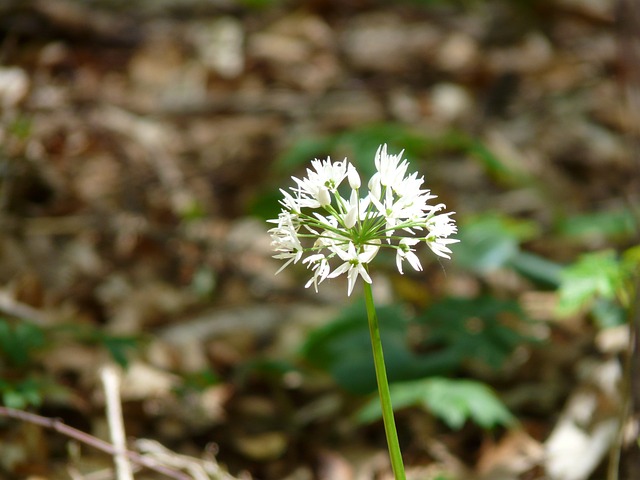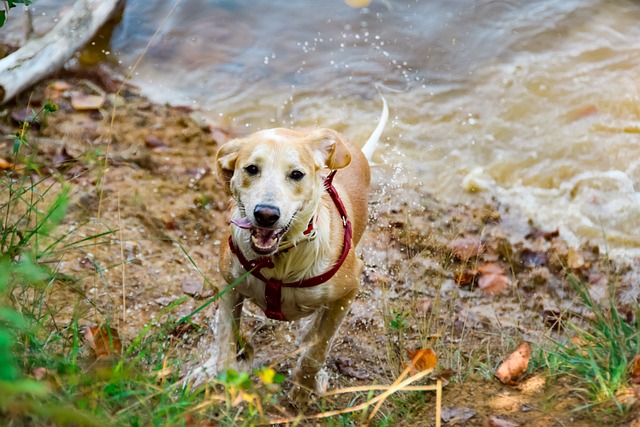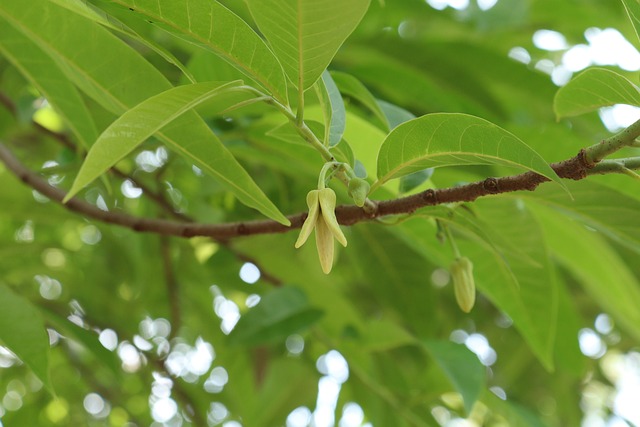bicho de pé foto 🏀 Bicho de Pé: A Photographic Journey into Brazil’s Most Intriguing Parasite
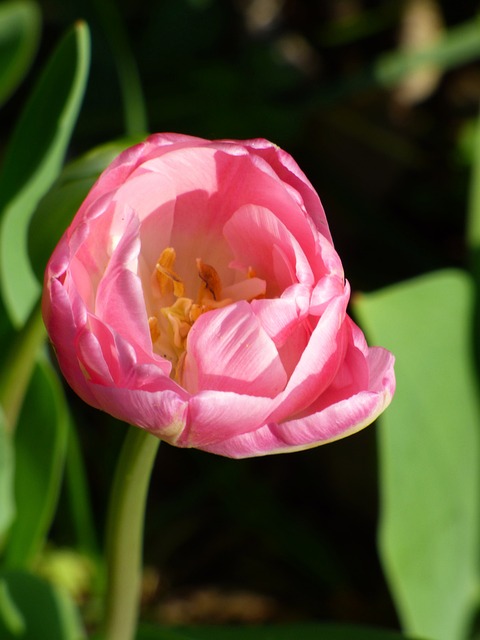
Bicho de Pé: A Photographic Journey into Brazil’s Most Intriguing Parasite
If you’ve ever spent a lazy afternoon in the sun, perhaps lounging on a beach or wandering through a vibrant market, you might have encountered some of Brazil's quirky wildlife. Among the most fascinating—and often misunderstood—creatures that call this tropical paradise home is the bicho de pé. This tiny parasite, known for its unique life cycle and often alarming effects, has become a subject of intrigue, prompting photographers and nature enthusiasts alike to capture its essence through stunning visuals.bicho de pé foto
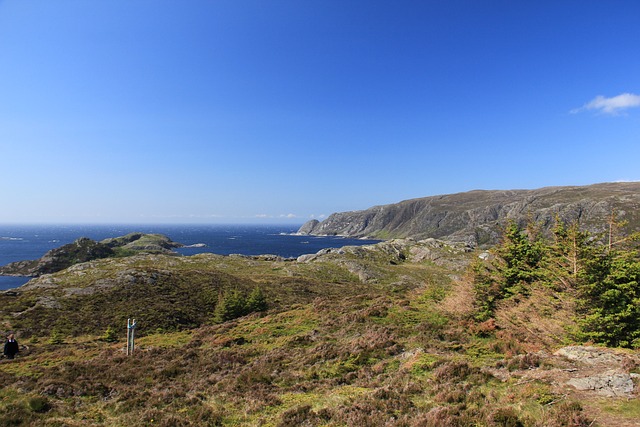
Let’s dive into the captivating world of the bicho de pé, a creature that might make your skin crawl but also offers a glimpse into the rich tapestry of Brazilian biodiversity. This little bug, scientifically known as Tunga penetrans, is notorious for burrowing into the skin of its host, usually humans and animals. Once embedded, it can cause discomfort and even pain. But don’t let that deter you! The bicho de pé also serves as a reminder of our intricate connection with nature.
In recent years, photographers have turned their lenses toward this enigmatic parasite, aiming to shed light on its life cycle and the experiences of those who have encountered it. These stunning photographs reveal not just the bicho de pé itself but also the broader ecological narrative that surrounds it. Capturing the bicho de pé in a photograph is no easy feat; it requires patience and an eye for detail. The challenge is part of the allure, compelling photographers to explore remote areas where this parasite thrives.
One of the most remarkable aspects of photographing the bicho de pé is the opportunity to tell a story—stories of resilience, survival, and the unexpected beauty of nature. It is often said that beauty lies in the eye of the beholder, and this notion rings true with the bicho de pé. The close-up shots reveal intricate details of its anatomy, transforming what many perceive as a simple pest into a subject worthy of admiration. Photographers are not only documenting the bicho de pé; they are challenging societal perceptions and encouraging viewers to appreciate the complexity of life in all its forms.bicho de pé foto
Moreover, this newfound interest in the bicho de pé has sparked conversations about the importance of biodiversity and conservation. As photographers display their works in galleries and online platforms, the public is invited to engage with the subject matter, fostering a greater understanding of the delicate balance within ecosystems. The bicho de pé serves as a metaphor for the interconnectedness of life; just as the parasite relies on its host, we too are dependent on the health of our environment.
Through social media, the hashtag #BichoDePé has gained traction, allowing photographers to share their work and connect with like-minded individuals. This digital platform has also paved the way for educational initiatives, where experts can share insights about the bicho de pé and its habitat. Workshops and talks have emerged, drawing attention to the importance of respecting wildlife and understanding the role each creature plays in our ecosystem.
The impact of this movement has been profound. Schools and universities have partnered with photographers to create educational programs that explore the life cycle of the bicho de pé, emphasizing the need for responsible interaction with nature. Students are encouraged to get involved, whether through photography, research, or community outreach, fostering a generation that values and protects the environment.bicho de pé foto
But the celebration of the bicho de pé doesn’t stop at education; it extends to local communities. Many artisans have taken inspiration from the creature, creating unique crafts and souvenirs that reflect the cultural significance of the bicho de pé. These creations not only promote local talent but also raise awareness about the creature, turning a potential nuisance into a symbol of local pride.
As we continue to explore the world of the bicho de pé, it’s crucial to remember that every creature, no matter how small or seemingly insignificant, plays a role in the grand narrative of our planet. By showcasing the beauty and complexity of this tiny parasite, we are reminded of the wonders that exist all around us, often hidden in plain sight. bicho de pé foto

So the next time you find yourself in the heart of Brazil, take a moment to appreciate the bicho de pé. Whether through the lens of a camera or in the vibrant tapestry of life, this remarkable creature represents the resilience of nature and the power of storytelling. Let’s celebrate the bicho de pé, not just as a parasite but as a symbol of connection, creativity, and an unyielding spirit that thrives in even the most unexpected places.bicho de pé foto
Fale conosco. Envie dúvidas, críticas ou sugestões para a nossa equipe através dos contatos abaixo:
Telefone: 0086-10-8805-0795
Email: portuguese@9099.com
